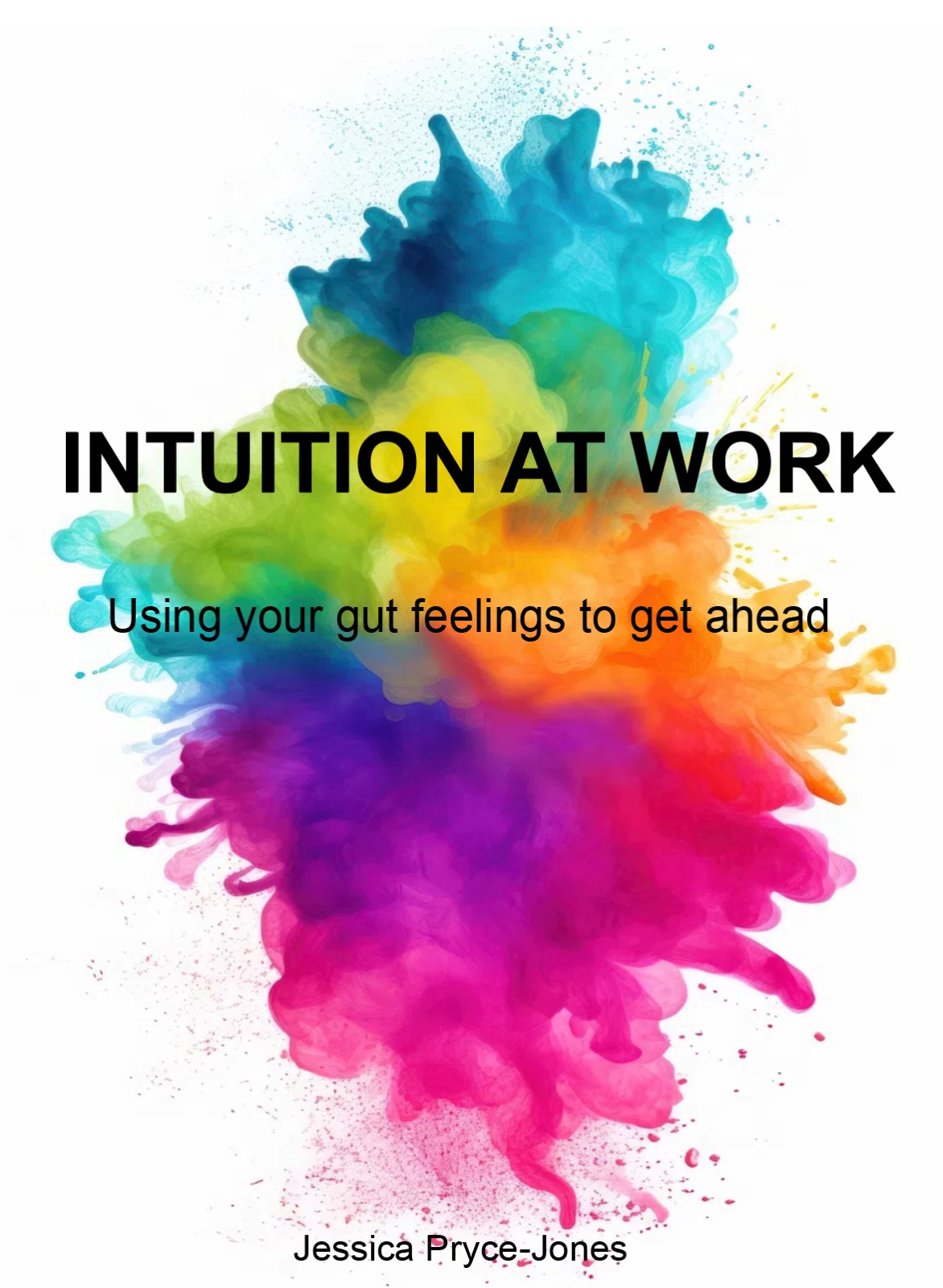
Busting the following myths-
MYTH 1: You’ve got it or you haven’t.
MYTH 2: It is hard to distinguish intuition from other thought processes.
MYTH 3: Intuition is just bias.
MYTH 4: Intuition is unscientific and risky.
MYTH 5: Intuition is always right.
Log In or become an AIMA member to read more articles
